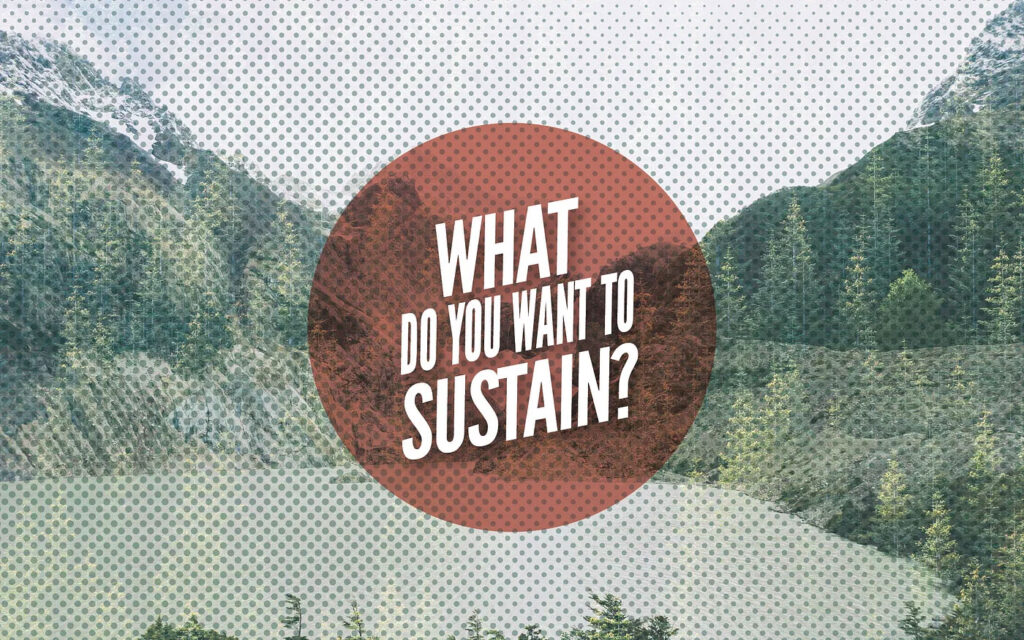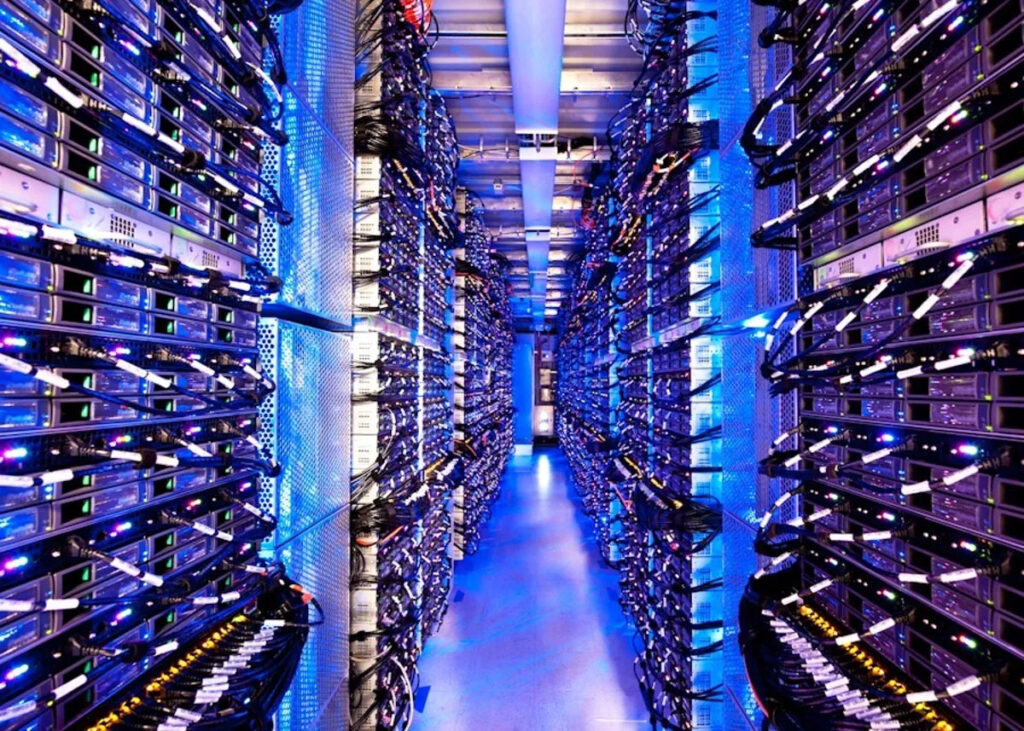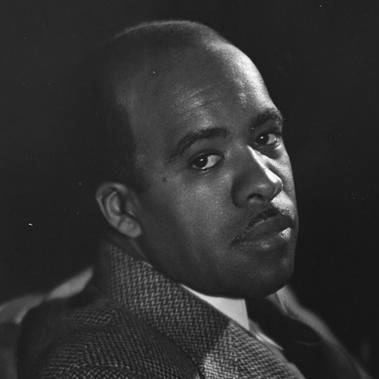In Part 1 of our Design for Good series, we peeked behind the curtain to look at the dark side of design to learn how to avoid bias in design. In Part 2 we looked at social impact design to learn how to create more inclusive and accessible products. Here in Part 3 we’ll address environmentally sustainable design projects and understand how to make products with sustainability top-of-mind.
We’ll also tie all three parts of our Design for Good series together by addressing how traditional education, specifically in the design industry, could use a bit of reform. Reform to avoid bias, engrain social impact design, and teach how each of our design projects essentially become sustainable design projects.
What is Sustainable Design?
Digital experiences are not exempt from environmental costs. Sustainable design projects have real benefits. The vast networks needed for simply reading an email, browsing a website, or streaming a show potentially involve smartphones, computers, TVs, Wi-Fi routers, network stations, and data centers—each consuming electricity. A one-hour video call produces 150 to 1,000 grams of carbon dioxide according to a study by Purdue University. But what does that mean for us as designers?
“Designers have historically benefited from progressively faster internet and more powerful computing capabilities, which paradoxically leads to the creation of more energy-intensive digital products and websites.” – Tom Greenwood, Sustainable Web Design
As product designers, our aim is to craft sustainable, eco-friendly design projects. How? By designing online products with an emphasis on sustainability and minimizing carbon emissions primarily by prioritizing reductions in energy consumption.

Measuring Our Impact
Measuring sustainability in other industries is generally fairly straightforward. For cars, we can measure miles per gallon. For buildings, energy per square foot. But in the digital world, it is nearly impossible to measure the amount of CO2 produced by a web product.
While we can’t measure the fumes coming out of the exhaust pipes of our laptops, we can measure:
- Data transfer through the use of kilowatt-hours per-gigabyte (kWh/GB) as a metric of energy efficiency when measuring the amount of data transferred over the internet when a website or application is used. This provides a great reference point for energy consumption and carbon emissions. As a rule of thumb, the more data transferred, the more energy used in the data center, telecoms networks, and end user devices.
- Carbon intensity of electricity (known as ‘carbon intensity’) is a term used to define the grams of CO2 produced for every kilowatt-hour of electricity (gCO2/kWh). And without getting too technical and political about the way we produce energy in each country—some energy sources are cleaner than others.
While we can’t always choose how that energy gets sourced, we do have some control over where we choose to host our projects.The decision to build a data center in Texas, which as of 2022, produces the most renewable energy, vs. building that same data center in Delaware with zero renewable energy solutions, could make a significant difference in CO2 savings.
Designing a Low-carbon Digital Future
Every designer’s worst fear is leaving something out. We have a bad habit of over-designing, creating far more solutions to problems that are increasing further down the edge case checklist, simply because we’re afraid of missing an opportunity or frustrating the user. There’s also the social pressure of having to say “no” to our colleagues who suggest ideas. Implementing a minimalist approach is hard. It involves a degree of ruthlessness to cut things out and say no to ideas that can’t be justified. It requires us to not give every idea and every piece of content the benefit of the doubt, but instead to say, “If in doubt, leave it out.”
I often tell my students, “At some point in your design process, your mentality should shift from an additive process to a subtractive one.” By questioning every detail and thinking critically about how to use product design for social good, we can reduce the emissions of the products we design, and make them more effective for users and businesses.

Steps to Take for Achieving Sustainable Design
- Consider the environmental impact
Think critically about how each design decision affects the product’s environmental footprint. By reducing unnecessary features, you can lower the emissions associated with your digital product. Embrace minimalism in your design. Avoid over-designing and creating solutions that address every possible edge case. Aim for simplicity and clarity in your product. - Start with an additive approach
Begin your design process by brainstorming and incorporating all potential features and ideas. Don’t hold back during this initial phase; consider every suggestion and possibility. Get divergent. - Evaluate necessity and justification
For each feature and piece of content, ask yourself if it truly adds value to the user experience. Can you justify its inclusion based on user needs and business goals? If in doubt, leave it out. - Be ruthless in cutting unnecessary elements
Implement a degree of ruthlessness in your decision-making. Prepare to say “no” to ideas. Focus on what is essential for the user experience. I like to say that we should play KerPlunk with our designs. Remove one piece at a time—the goal is to see how much you can remove before it all goes KerPlunk! - Iterate and refine
Continuously iterate and refine your design. Solicit feedback from users and stakeholders to identify areas where you can achieve further simplification. Use product design as a tool for social good. By streamlining your design, you can enhance user experience and contribute to a more sustainable future.
Revisiting Design Education
The curriculum of the past
Design education has needed a bit of reform. Traditionally, students learn to identify the works of the traditional design greats—Michael Bierut, Paul Rand, Milton Glaser, etc.
I was admittedly one of those people who could easily rattle off Massimo Vignelli’s preferred list of fonts. Looking to the past is often a great way to learn from the successes of others, and I leveraged that astute knowledge of other designers’ work when discussing my pedagogy during my interview to work at Flatiron School. However, our program director at the time politely noted that all the people I had named were predominantly white men. He asked me if I could demonstrate any work created by designers of color.
At that moment, I froze! I teach the impact that Aaron Douglas had on the Harlem Renaissance in the 1920s. I also teach the Goldblatt Department Store experience designs created by Leroy Winbush, where he was the only black employee. And I also teach Joy Cho, who was named one of Time’s most influential people on the internet—twice. But still, I froze in the moment, because a hole in my pedagogy had been identified. A hole that needs filling quickly, by not only myself but systemically as an entire industry.
The curriculum of the future
Our audience as educators deserves to learn a diverse perspective about bias, social impact design, and sustainability—and one they can connect to and associate with. Who cares about Massimo Vignelli’s preferred list of fonts when there’s a whole world of design out there that isn’t being taught? Design education should incorporate personalized learning with a range of influences and identities that will enable our design graduates opportunities to create work with cross-cultural perspectives, design for users who aren’t like them, and create a future generation of products with the planet in mind—while also preventing those with marginalized identities from feeling “othered.”
As an educator, vulnerability is important. Instructors cannot and do not know everything. I often tell my students, “I’m not an instructor because I did everything right—I’m an instructor because I did everything wrong; I want you to learn from those mistakes.”
Teachers discussing their own experiences of marginalization and bias can help build rapport with students and reinforce the power they have to transform the outcomes of their work through product design for social good. As we continue to strive for a more sustainable future, we need to teach and encourage our students to think more mindfully about the planet we inhabit. Ultimately, as an educator, I enjoy doing this to give our design graduates opportunities to reshape what the future of design could look like and help guide them toward positive impact design careers.
Where Do You See Your Future in Design?
In the words of Paula Schrer, “Everything you read is designed. Anything that is a sign on the street is designed.” And I’ll go one step further by saying that everything we touch, even in the digital world, is designed.
This field will evolve. It will change. In my brief but experienced 10+ years career in design, I have watched the industry evolve around me drastically. And I think that’s why I love it. Because it evolves, there is always something new to learn.
If you’re on the hunt for a career in positive impact design or want to learn more about what it takes to work in an industry that keeps evolving in truly innovative ways, Flatiron School’s UX/UI Product Design Bootcamp might be just the ticket for you. Flatiron’s program is designed for those with zero design knowledge and those with some. In a matter of months, students gain an education that fully prepares them for a career in the industry. Schedule a quick 10-minute call with the Flatiron Admissions team to learn more.







